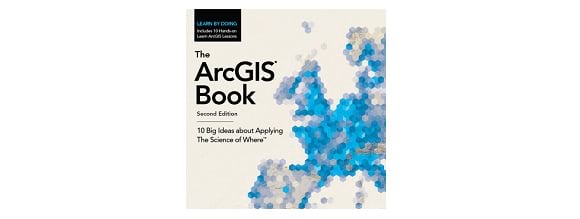Many types of problems and scenarios can be addressed by applying the spatial problem solving approach using ArcGIS. You can follow the five steps in this approach to create useful analytical models and use them in concert with spatial data exploration to address a whole array of problems and questions.

Ask and Explore
Set the goals for your analysis. Begin with a well-framed question that you’d like to address based on your understanding of the problem. Getting the question right is key to deriving meaningful results.
Model and Compute
Use geoprocessing to model and compute results that enable you to address the questions you pose. Choose the set of analysis tools that transform your data into new results. More often than not, you’ll build a model that assembles multiple tools to model your scenarios, and then apply your model to compute and derive results that help you address your question.
Examine and Interpret
Use spatial data exploration workflows to examine, explore, and interpret your results using interactive maps, reports, charts, graphs, and information pop-ups. Seek explanations for the patterns you see and that help explain what the results mean. Effective exploration enables you to add your own perspectives and interpretations to your results.
Make Decisions
After exploring and interpreting your analytical results, make a decision and write up your conclusions and analytical results. Assess how adequately your results provide a useful answer to your original analysis question. Often new questions will arise that need to be addressed. These will frequently lead to further analysis.
Share Results
Identify the audience that will benefit from your findings and whom you want to influence. Then use maps, pop-ups, graphs, and charts that communicate your results efficiently and effectively. Share those results with others through web maps and apps that are geo-enriched to provide deeper explanations and support further inquiry. You can communicate your results using story maps as an effective way to share your findings with others.

This post is excerpted from The ArcGIS Book, Second Edition: 10 Big Ideas about Applying The Science of Where, by Clint Brown and Christian Harder. The twin goals of this book are to open your eyes to what is now possible with Web GIS, and then spur you into action by putting the technology and deep data resources in your hands. The book is available through Amazon.com and other booksellers, and is also available at TheArcGISBook.com for free.
Commenting is not enabled for this article.